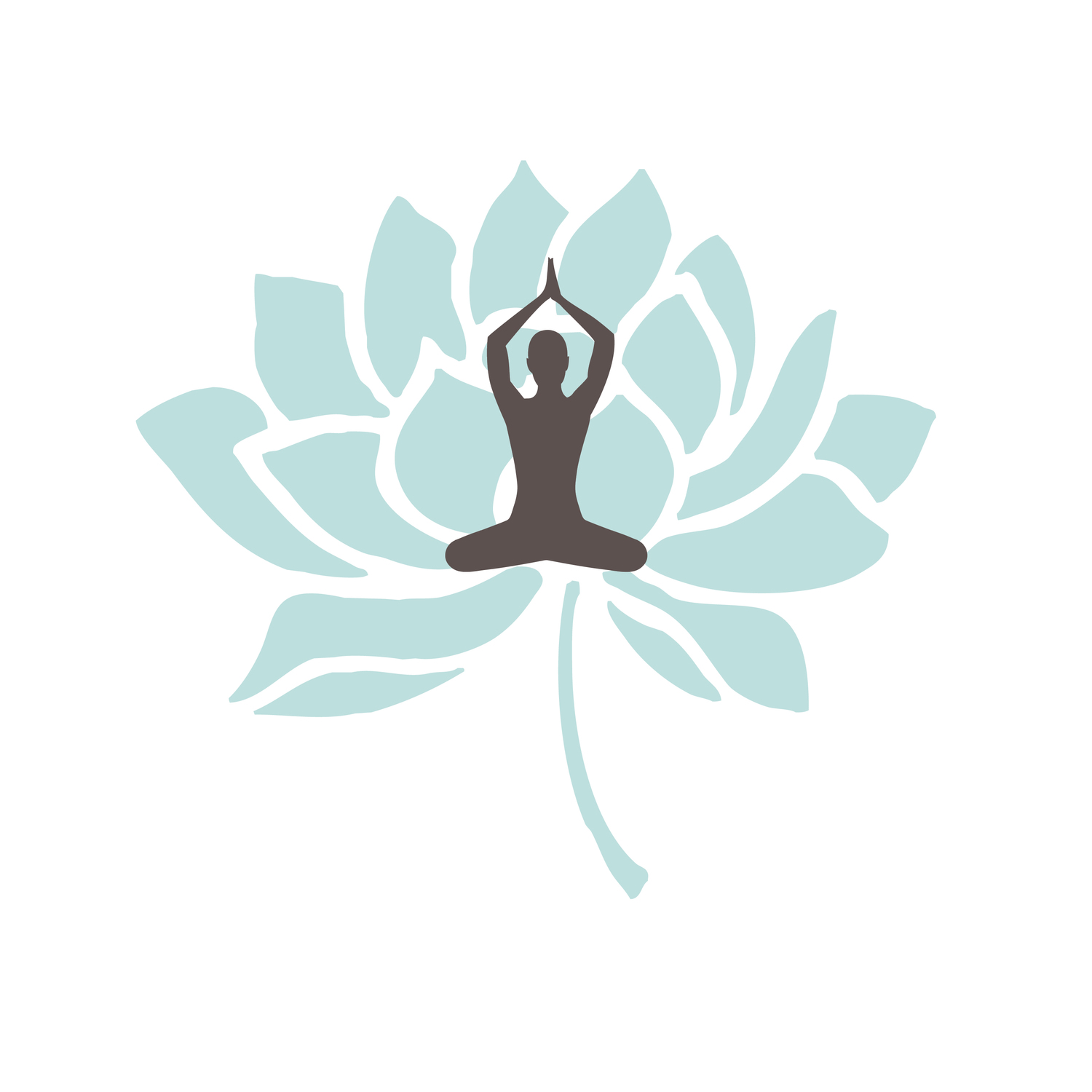So many organizations see freedom as a “problem” to managed when in reality, it is one of the keys to fostering innovation. Organizational bureaucracy may have made more sense during the Industrial revolution when the marketplace demanded scale, efficiency and repetition, but in today’s complex, rapidly changing marketplace, it only gets in the way of creativity and fresh ideas.
We agree with Ed Scanlan, CEO of the Chicago firm Total Attorneys, who asserts that personal freedom promotes creativity and risk-taking. According to an article at CNN Money, Scanlan’s firm encourages employees to take paid sabbaticals, with the understanding they’ll do something outside the bounds of their professional life, like making art or playing music. They come back work refreshed and full of ideas.
Other ways to inspire innovation:
Innovation can be sparked by many things, but it’s rarely found by doing the same old thing, over and over again. Chaos and uncertainty might feel uncomfortable, but will lead to the adaptation and innovation necessary for survival.
We agree with Ed Scanlan, CEO of the Chicago firm Total Attorneys, who asserts that personal freedom promotes creativity and risk-taking. According to an article at CNN Money, Scanlan’s firm encourages employees to take paid sabbaticals, with the understanding they’ll do something outside the bounds of their professional life, like making art or playing music. They come back work refreshed and full of ideas.
Other ways to inspire innovation:
- What might be seen as “wasting time” — by reading widely or cultivating a diverse wide circle of friends or traveling to unusual place — can actually help you see things in different ways.
- Develop curiosity. Look behind walls to see what is holding them up before you start knocking them down. Resist the temptation to quickly proffer your own point of view, and ask questions about how others see things, and where their thinking comes from.
- Get out of the office once in awhile. Do something you wouldn’t normally do — see a play, go bowling, try an ethnic restaurant, watch a skateboard competition. While you’re spending time outside your comfort zone, it’s fertilizing your brain, making it more likely that ideas will sprout.
- Encourage risk-taking, and look for what can be found in the rubble of failure. Thomas Koulopoulos, author of the Innovation Zone, emphasizes that small failures will pave the path to big successes. "You need to give people the license to take risks and to fail often enough to realize that they will not be punished for doing the right thing, even though the outcome might not be what they expected," says Koulopoulos.
- Who are you hiring? Maybe the perfect candidate isn’t the one with the exact experience and skill set you think you need. Look for people with unusual backgrounds, who will bring fresh perspectives to the business.
- Look for ways to convene the large group for cross-fertilization. Too often meetings are held horizontally – with work teams — or vertically, with a room full of managers or one specific function. Bring together a large cross-section of the organization to solve specific business issues in real time. And for extra spice, invite a few rogue outsiders — the director of a children’s museum, someone who runs a yoga studio, or a garage mechanic.
Innovation can be sparked by many things, but it’s rarely found by doing the same old thing, over and over again. Chaos and uncertainty might feel uncomfortable, but will lead to the adaptation and innovation necessary for survival.
